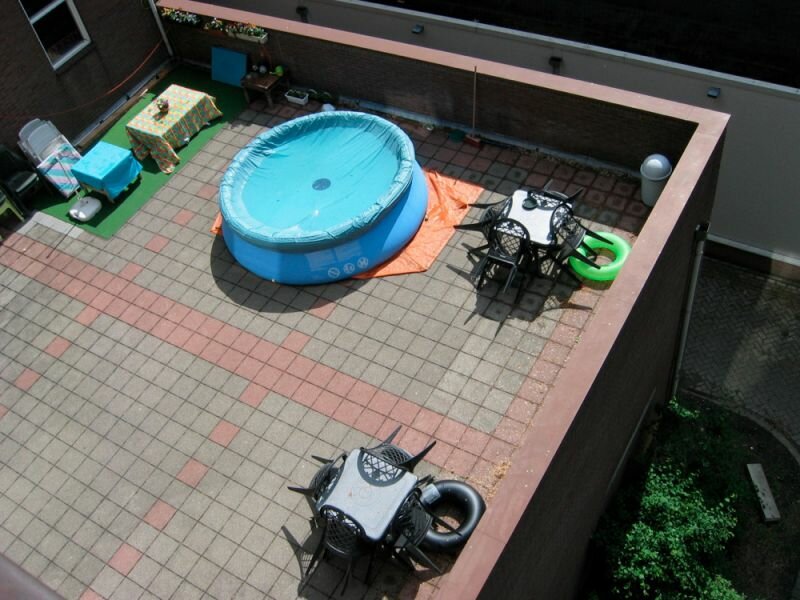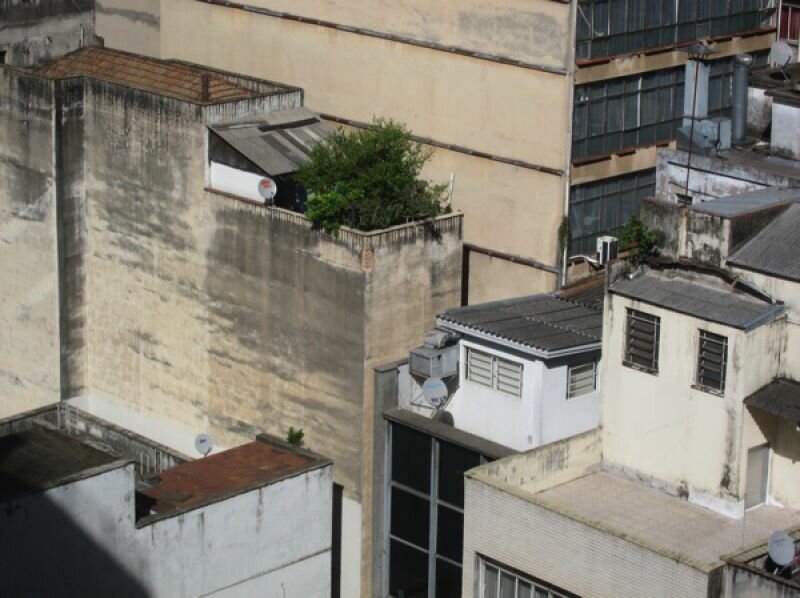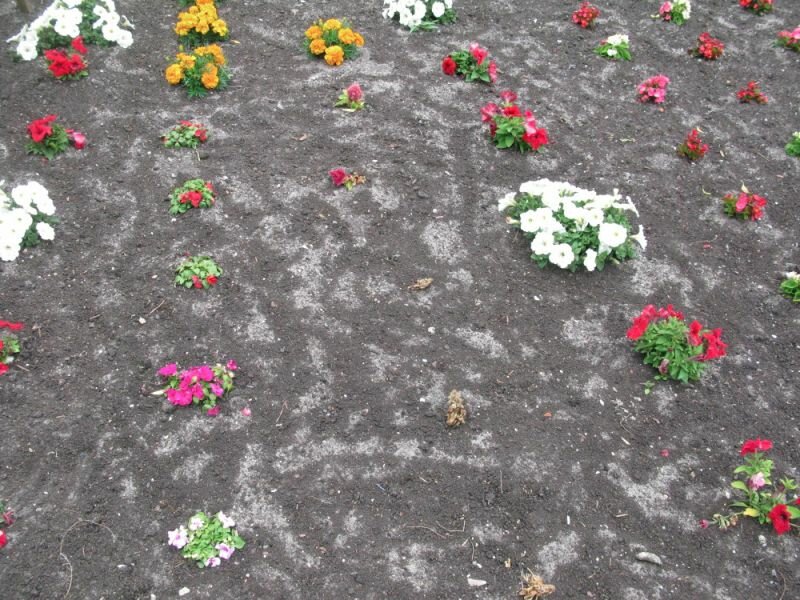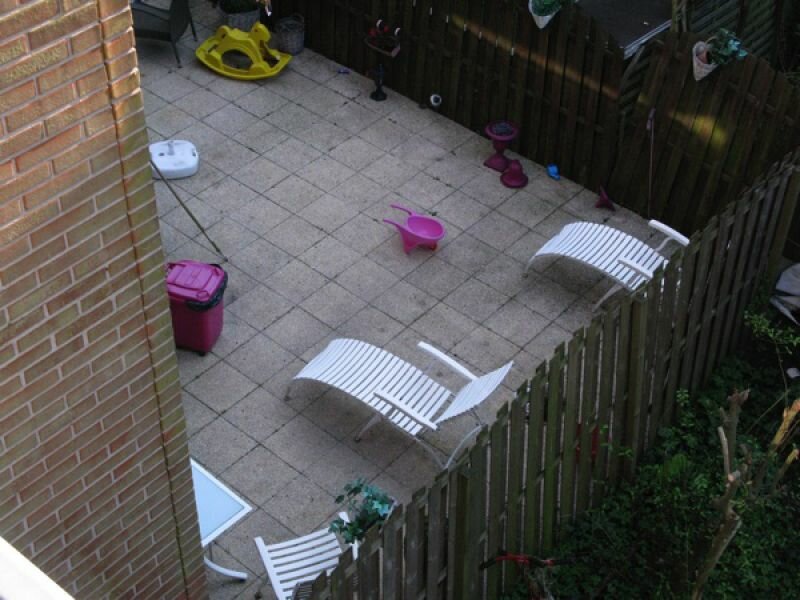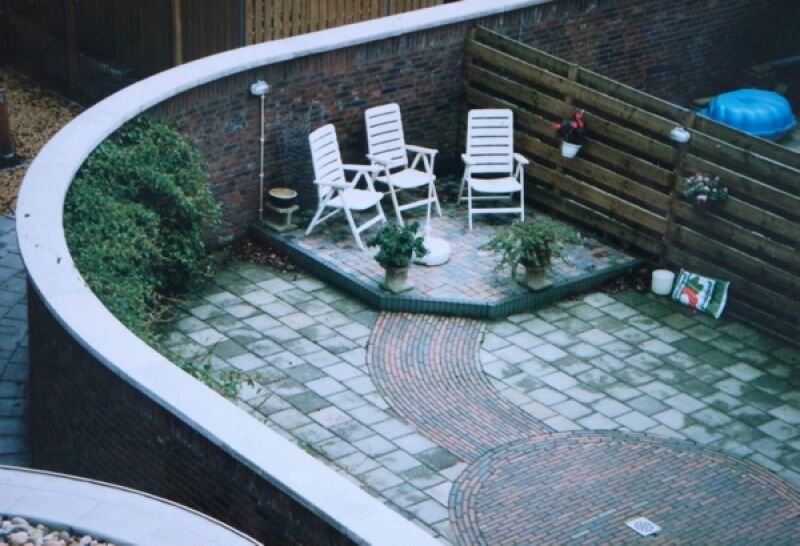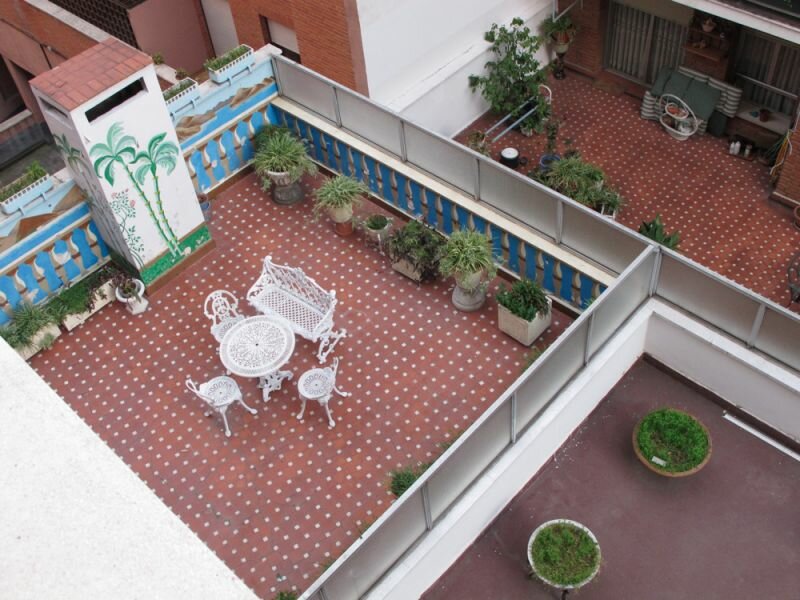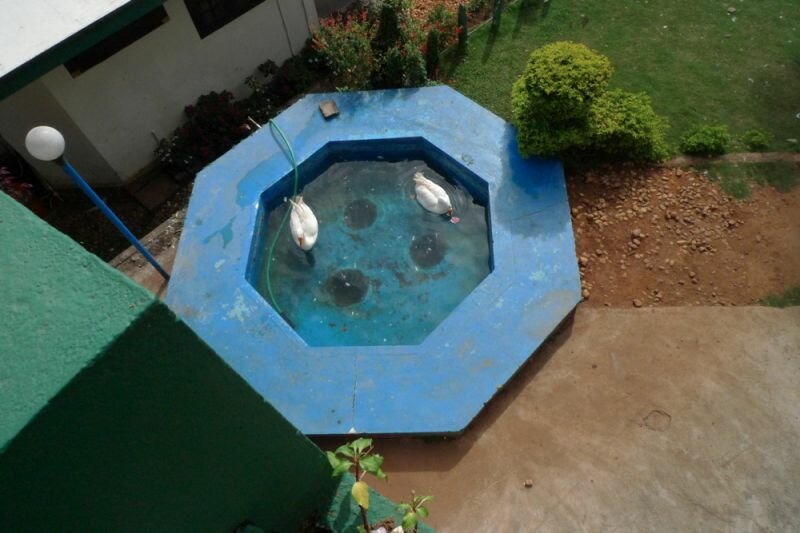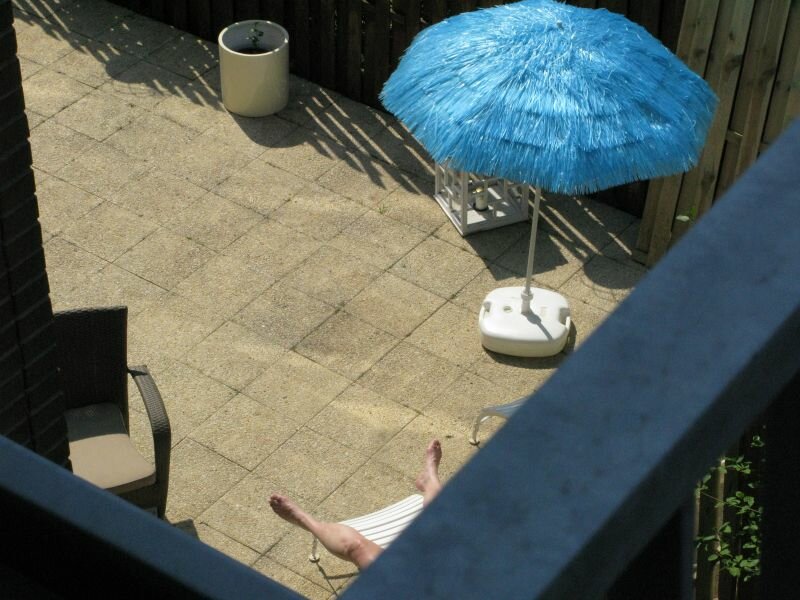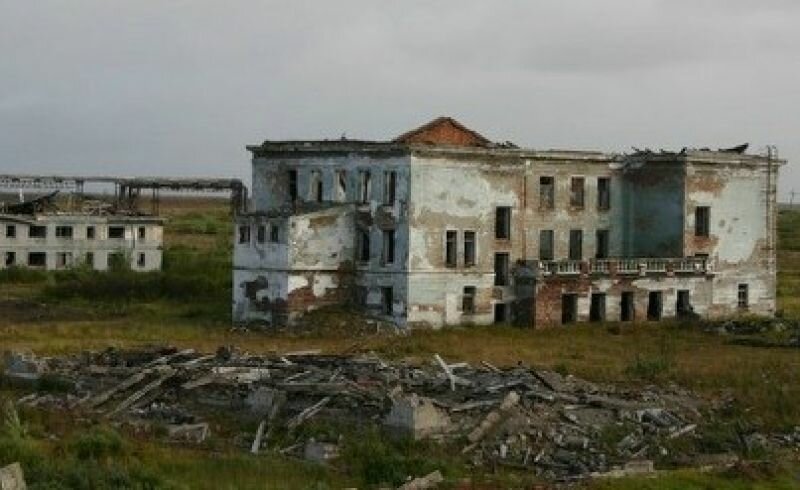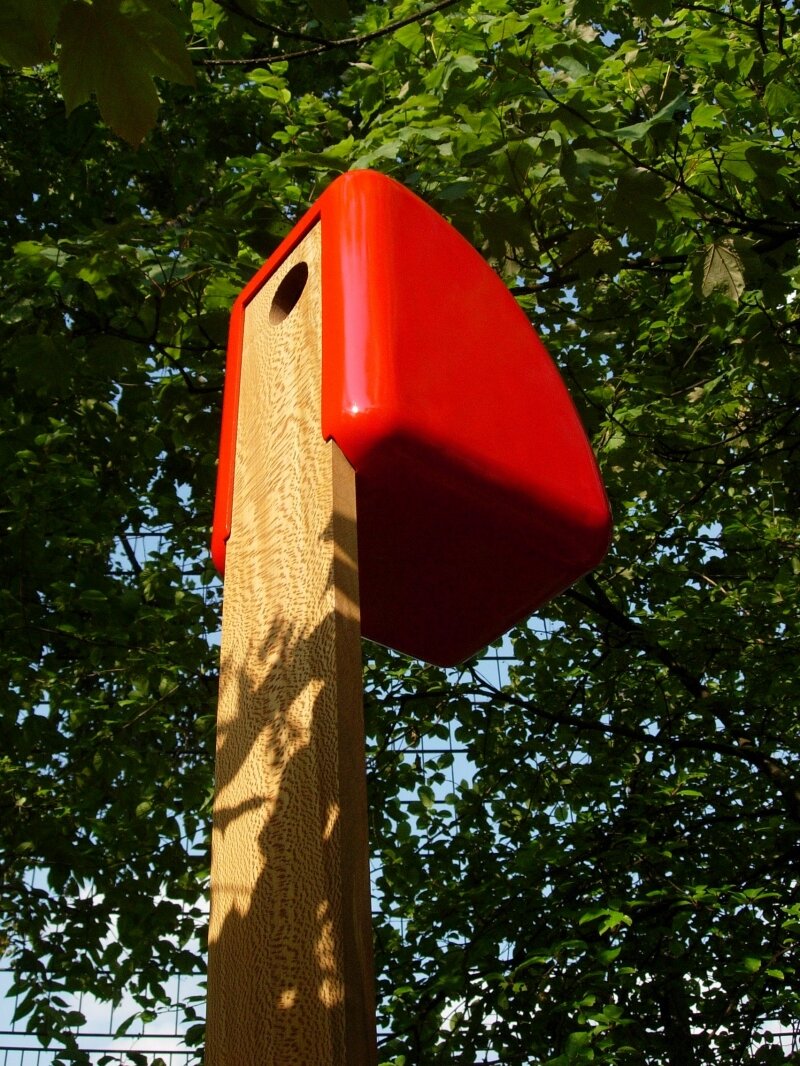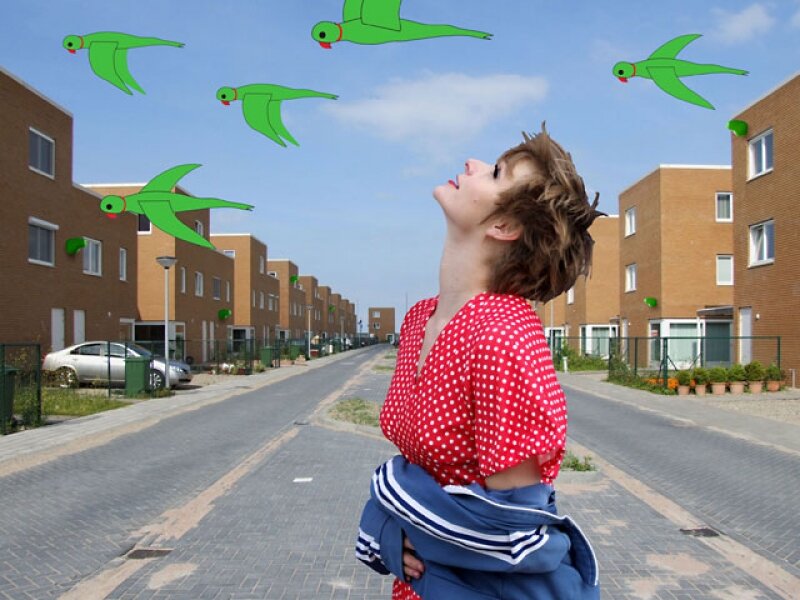28.03.2015
28.04.2014
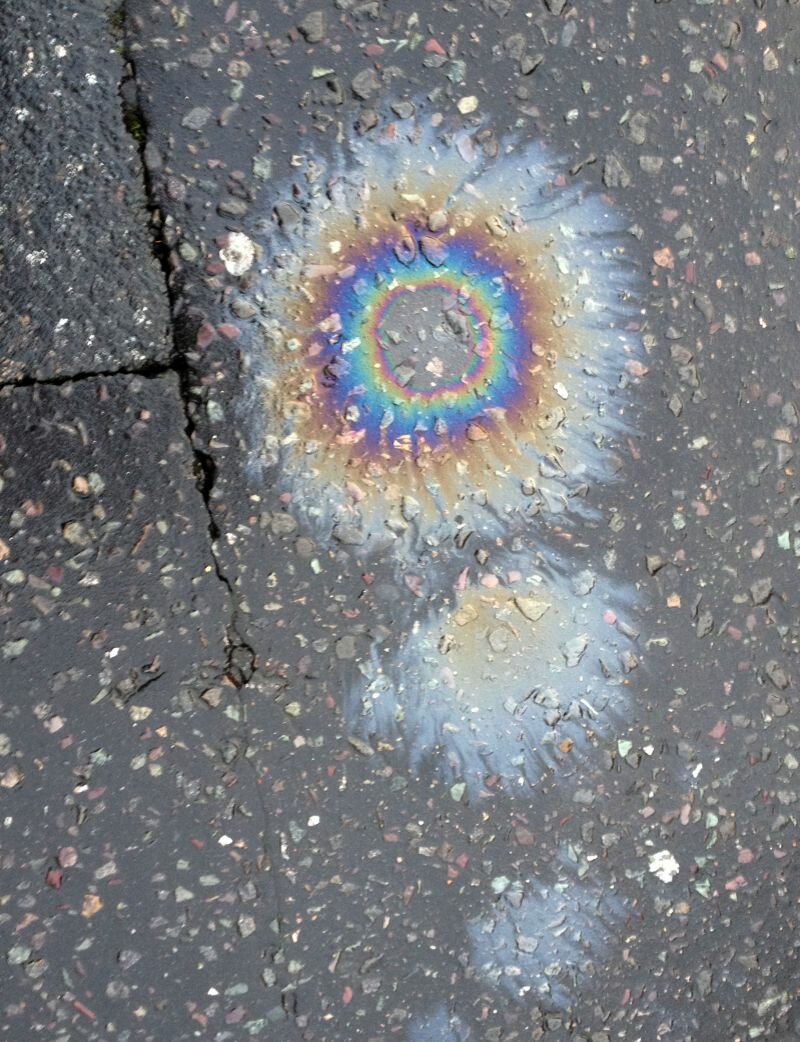
I love to watch road works at night, to bear witness to such theatrical, ceremonious acts (involving hot tar, smoke, neon outfits and line marking), located within nocturnal life. These are the people carving out our city, while we sleep.

Who owns the roads of the city? The veins so to speak, leading us from A to B. It is not these people marking out and sculpting our floor space. Moreover, is it possible to own a route of a city? I certainly do inside of my head, through personal shortcuts and secret off-piste meanders.
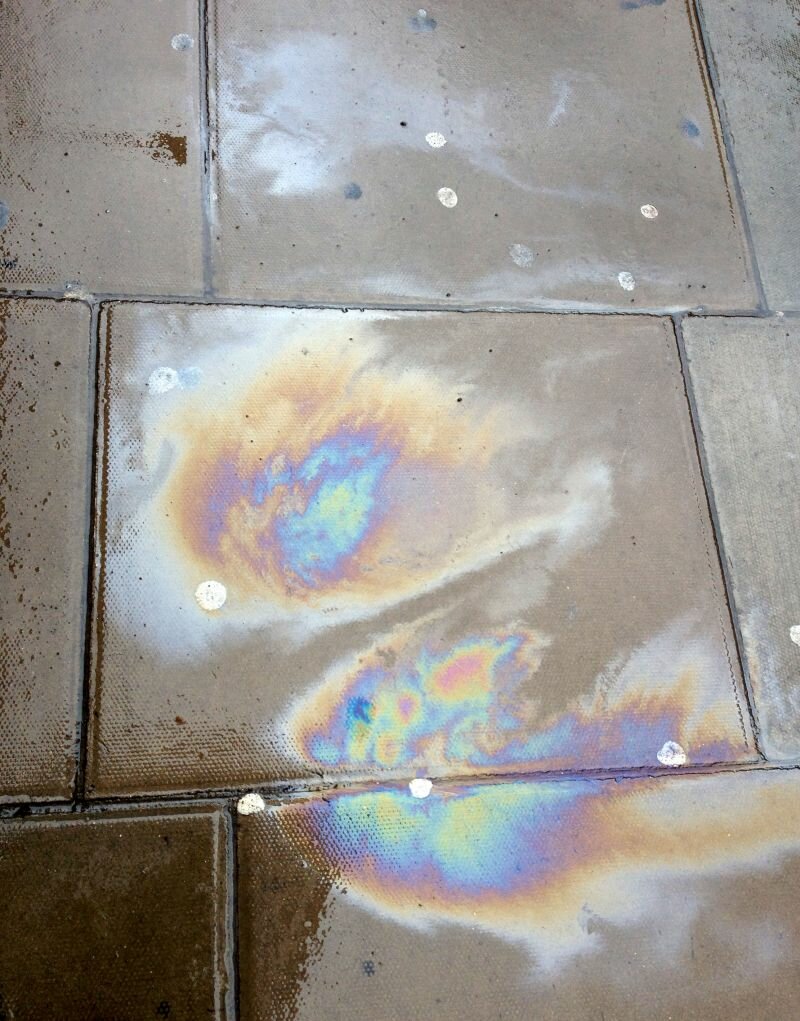
Lately I have experienced the proliferation of branding colours, which corporate businesses use as a tool in order to corner us into acknowledging their existence – smartly working from the ground UP. Take the Barclays’s blue etched into the lanes of our roads – the fast-moving concrete river facilitating endless bikes and Borris bikes around our city. This blue then morphs from micro dashes of the colour to vast infinite pools of it. Such colours are present in pixels, credit cards, billboards, signage, tennis courts etc...Cobalt blue will never be the same again!
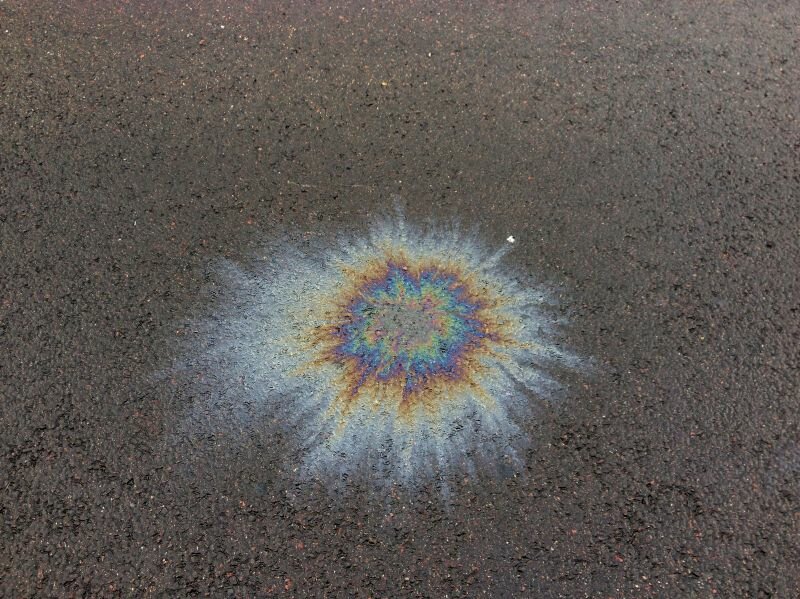
When cycling around London, I have been collecting images of cosmic rings, which appear in particular weather conditions. They are short-lived abstract forms created by oil present on the ground. These psychedelic rings have triggered an investigation towards the privatisation of floor space. These rings function as hazard signage on the road; warning of space and the privatization of floor space.
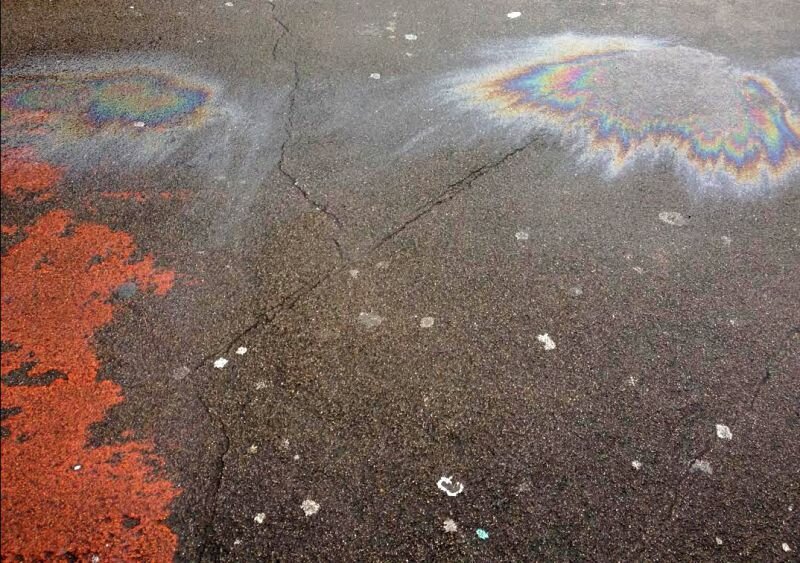
I have been drifting along on my bike thinking about the ground below us. When does the earth's crust begin? Coating the top, below our feet I have recently noticed that floor space is being privatized in a different way. And has started to connect our mind to our physical bodies pushing them through the space of a city. We are beginning to live in a society whereby everything encompassing our bodies has some kind of corporate context. Sometimes I feel as though we are inside of a theatre set made up of various components not chosen by us: trade, pollution, industrialisation, movement, bodies, space, time, market, economy, upkeep.
08.10.2013


However, the emptying of villages hasn’t yet had the ultimate of extreme results: the total vacancy of villages and neighbourhoods. And although places like Delfzijl and Heerlen are dealing with a decline in population, it’s probably not an irreversible process as of yet.

For many places outside of The Netherlands it’s too late, they’ve been abandoned.
Like many other architects, we love to stroll around both new and familiar cities and villages, on the lookout for inspirational spots. Often, these places are deserted by people.A place that was once inhabited, but now left behind, is fascinating. You find yourself somewhere no one lives anymore, but where the presence of habitation is still to be sensed, and where the promise of what may come triggers the imagination. You’ll find yourself in the present, the past, and the future all at once.

Our interest in collecting abandoned places was sparked by seeing Spelling Dystopia, a video work by Nina Fischer and Maroan El Sani. Spelling Dystopia econmpassed that feeling of being in three time zones at once. Images of an island completely deserted, but at the same time full of buildings, are interjected with images from videogames: Hashima. This fascinating island that, surprisingly, actually exists has recently become well known as the Bond villain Roaul da Silva’s headquarters in the film Skyfall.

The abandoned places we collect are often photogenic, but their background stories are usually anything but pretty. At times the stories backing these desolate places are more intriguing than the visual image of their forsaken nature. For some places, human failure is why inhabitants have been forced to bid their homes farewell, for others it’s the uncontrollable hand of nature. Many times, greed and apathy are the cause. Man came, saw, used, and discarded.

While a forsaken, once inhabited place is interesting, an abandoned but never inhabited place might be even more fascinating. In China, hundreds of new cities are built to house migrants that make their way from the country to the city. The problem with this lies in the fact that these houses are usually too expensive for the migrants. The middle class buys these properties as investment pieces, without actually living in them. Everything is brand new here: new roads, buildings, a city park including a bright and shiny new museum. Traffic lights that jump colours while there’s no one to partake in traffic.

One of the abandoned places included in our publication is the Maunsell Forts. These forts are abandoned due to the lack of a threat of war. Not a village, not a city but a collection of platforms that housed enough troops to be considered a village. All but one of these platforms have been abandoned and delivered to the elements. To destroy them would be costly, and moreover, the platforms are part of history. It’s that one inhabited platform that, once again, fuels the imagination. Former radio pirate, the late Paddy Roy Bates and his wife, took residence on one of the platforms, declaring it the Principality of Sealand. His son, Prince Michael, now rules over the smallest, unrecognised European state presiding over no more than five souls but that nevertheless issues its own passports, stamps, coins, and even has its own football team. Adaptive reuse at its finest.

The Principality of Sealand
Abandoned Cities is the result of our archiving until now. We’ll continue by mapping the places we’ve encountered on the globe and by adding information to the places we’ve already marked. The next step is the actual research. Categorising the locations, finding similarities and differences, discerning possibilities and threats. Formulating the parameters for villages and cities full of vitality. Locating places where the tide could still turn through urban design or architectonic interventions. But also to see shrinkage and the accompanying vacancy as a serious but likewise valuable element to the constructed environment.


Willemien van Duijn en Lieuwe Vos, Abandoned Cities, BNA 2012 (Freestyle 3)
08.07.2013
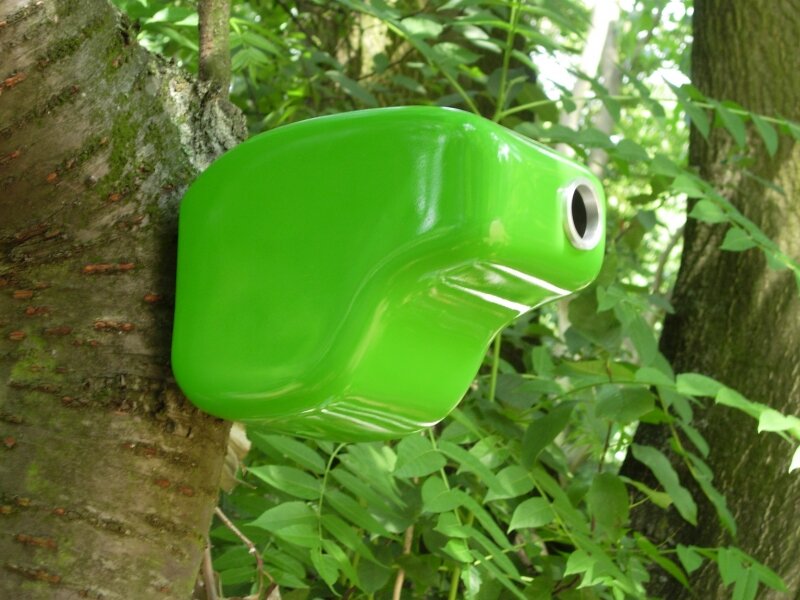
I am the Old World Flycatcher
and I am a looser
not a fashionable cosmopolite
just a conservative from the countryside
when I return from the warm south
there is nothing left to eat
except some leftovers of faded flowers and tough seeds
I am the Rose-ringed Parakeet
and I am a real winner
I escaped from your warm loft to go out for dinner
outside it is as warm as in amazonas
I don‘t eat nuts, I prefer the left overs from McDonalds
people say the city is no good for nature
but I don‘t agree, it‘s a matter of behaviour
if you earn your money with emissions on stock exchange
why shouldn‘t I be the winner of climate change?
The winner takes it all,
the looser standing small...
